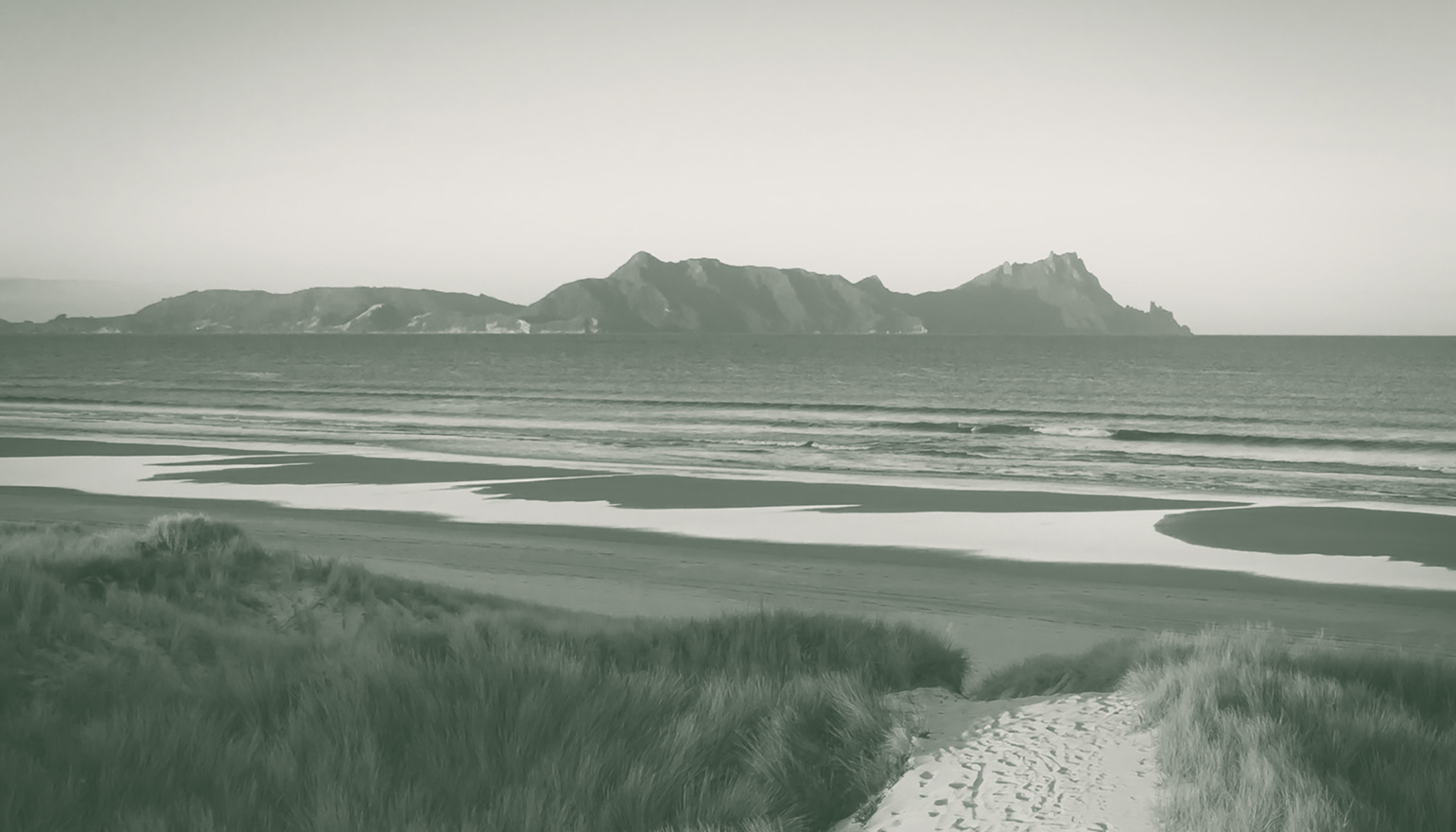Mihi and Co-Chair introductions
On this page
 Mihi
Mihi
Ko te Puru e! Ko te Puru e!
Ko te Puru ki Te Taitokerau
Kia ngāueue! Kia ngāueue!
E kore te waka e totohu
Hoea atu rā ka tau ki uta
Aue! aue! I-a-ha ha!
E mihi ana ki te tokomaha o ngā ringa raupā i āwhinatia,
i tautokohia i tēnei kaupapa ko ‘Te Purunga ki Te Raki’,
nā koutou i whai taringa mai, nā koutou ano i whakapuaki
mai i o koutou whakaaro nui ki ngā kōrero.
Ko tēnei take-a-rohe-tokomatua mō Te Taitokerau tētahi o
ngā hua kua mahingia e koutou. Ahakoa kāhore anō kia oti
noa, ērangi e haere tonu ana ngā mahi.
E kore o tātou mate e warewaretia, moe mai rā koutou e te
hunga kua hipa atu ki te pō.
Ko rātou te hunga mate ki a rātou, ko tātou te hunga ora
ki a tātou. Kāti rā ēnei mihi.
– Taipari Munro, (TeUriroroi, TeParawhau, TeWaiariki, NgātiWai, NgātiHine, NgāPuhi, NgātiPūkenga)

Co-chair introductions
Taitokerau can be seen historically and geographically as the epicenter of Aotearoa’s current nationhood. Te Tiriti o Waitangi and its antecedent, He Whakaputanga share the same contractual reflections of kinship, partnership, pluralism, and the distribution of resources and power as imagined by our tupuna who signed.
Within 30 years of signing Te Tiriti, its “nullity” permeated and informed successive Government’s policies and legislation that unpicked the economic, social, cultural and political fabric of tangata whenua. Though attempts by the well-intentioned, over some 15 decades, to address the deficiencies in this fabric, statistics support that this hasn’t been achieved. The contractual dissonance of te Tiriti has yet to be meaningfully addressed.
Paraphrasing Justice Joe William, the role of the “older” is to be the memory guardian of the past where its fractious on-ramps of reconstruction should be in the hands of the “younger.” Again, echoing those notions of Justice Joe Williams, this report is responding to the “selfreferential” nature of Government. It is also to demonstrate the confidence we have in ourselves, our relationships, and our communities.
It is for us to be active imaginers of our rohe’s future while also being held accountable for both its authorship and execution. It is for Government to ensure that decision-making and resources flow back to communities to effect positive change. A big thank you to those in the leadership group who designed themselves, their whanau, their communities, and their sector into the plan.
We wish to acknowledge the following that supported: Leanne Eruera, Haumi, Big Fish Creative, and Northland Inc. We would also wish to acknowledge Carol Barnett who, with her MBIE team instrumentally navigated the delivery of the Taitokerau Regional Work Plan.

Harry Burkhardt
Co-Chair

Toa Faneva
Co-Chair

